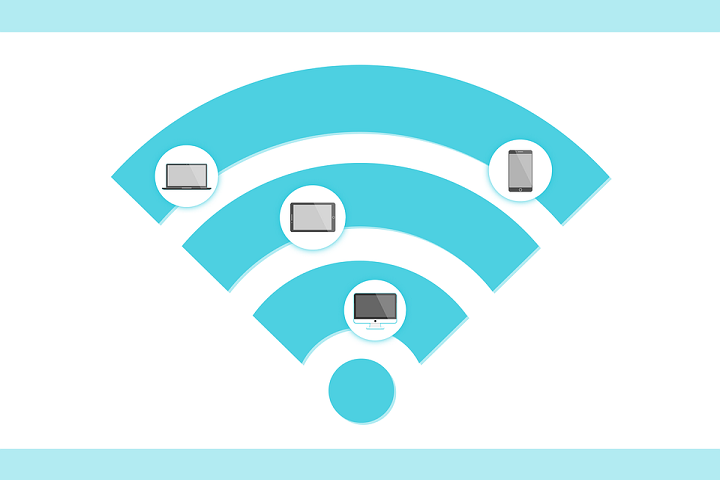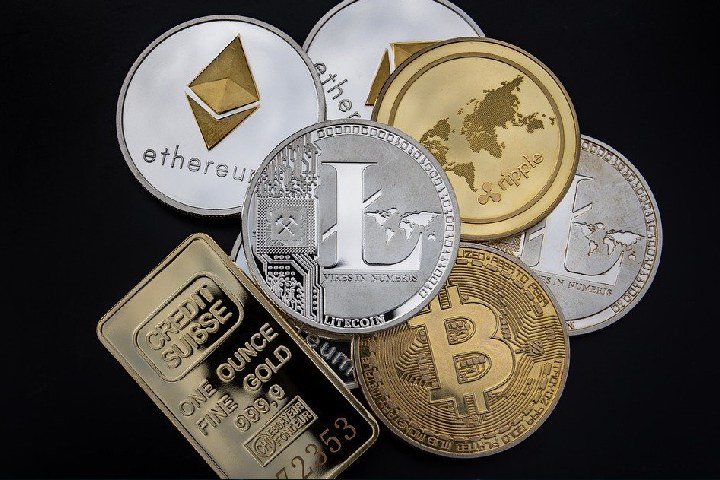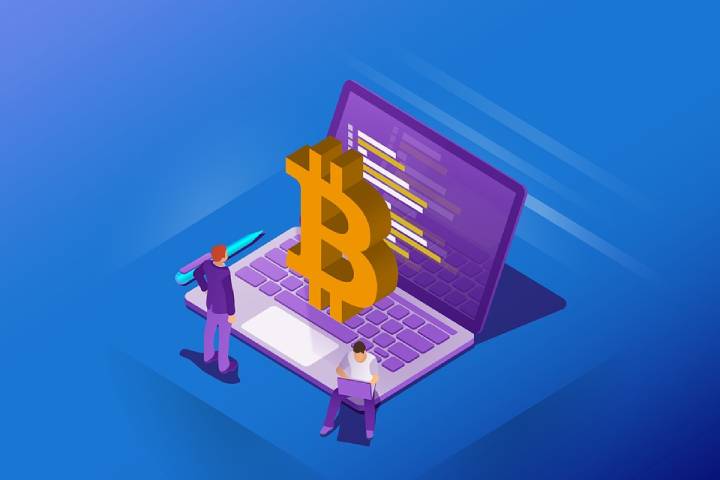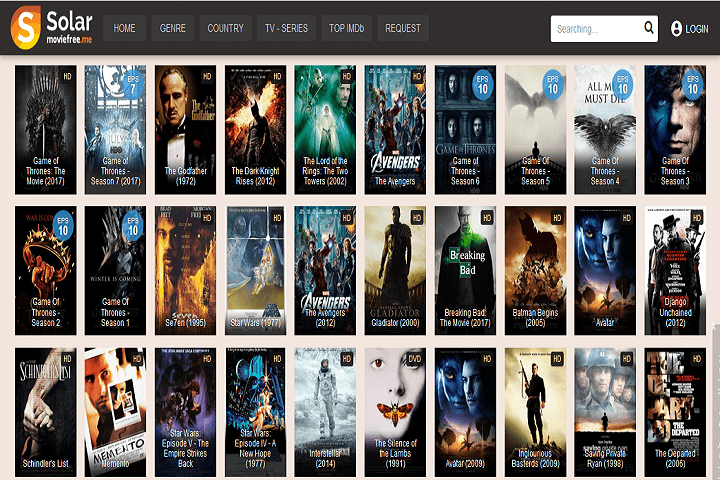Internet
Ethernet vs Wi-Fi
As many were busy using the internet on their mobiles and laptop through Wifi they forgot about the benefits of an Ethernet connection.

The internet is a technology that we use on day to day basis. We are using the internet daily in some way, shape, or form, whether intentionally or unintentionally, directly or indirectly, but the fact of the matter is that this is technology has become part of our lives. This usage has become so normalized that we are using the internet now without even knowing it, as most of our devices are powered by the internet and we don’t pay much heed to it.
This is the age of IoT or the internet of things in which the internet has transcended from just being a service to manifesting physical form. The devices that we regularly interact with during our day-to-day lives like smartphones, smartwatches, smart TVs, laptops, computers, tablets, and many other technological gadgets that are powered by the internet are physical examples of IoT.
But how did we reach this point? Well, to understand that we have to dig up the past of the internet and the systematic rise of this technology. Back in the day, the internet was a sophisticated new technology that was developed by DARPA as an efficient data communication tool to transmit sensitive information and data between different governmental and military departments of the United States.
Soon the world realized the potential of the internet and its infrastructure started expanding to incorporate big corporate houses and universities. By the early 90s, the internet started becoming commercialized and was finally in the reach of the general public, still not completely though.
In the early day of the internet’s commercialization, it was quite expensive and out of reach of a major section of people. Plus, the dial-up connections had an awful speed and they were not quite as efficient. It further took almost two decades for the internet to improve and enhance its technology to include more areas, increase the speed, and reduce the cost. That is why we see that today the internet is available at incredibly low prices even for high-speed packages, still don’t believe us? Click here to find out.
The cost factor has also been a major component that has given an immense boost to the popularity of the internet and has allowed so many people to use it. That is why today we see that getting an internet connection is neither costly nor difficult, but to get the right connection, well that’s a whole different story.
Table of Contents
1. Pandemic and the Ethernet Trend
When the pandemic happened and suddenly the load on the internet connection increased drastically. As the members of a household were all present in the house at the same time and were using the same internet connection to perform quite heavy tasks. These tasks included work from home, online classes through video conferencing, playing online games, and streaming on the internet.
And to be clear, all these tasks were mostly carried out by different members of a family simultaneously. That is why internet connections were under extreme loads and eventually, speeds of these connections plummeted. This meant that nobody was getting the desired speeds and there was difficulty doing important tasks over the internet. During these times many questions popped up on how the speed of the internet could be increased and the most common answer was to switch to an Ethernet connection.
This answer was quite right as well, and before the pandemic, many didn’t even know there was an Ethernet connection. As many were busy using the internet on their mobiles and laptop through Wifi they forgot about the benefits of an Ethernet connection.
Similarly, the new generation didn’t even have any idea what Ethernet was but after the pandemic, many connected their laptops, computers, and even gaming console to the Ethernet port to enjoy the actual speed of the internet. Some of these users were doing this for the first time while others had already done this practice in the past. In simple terms, both Wifi and Ethernet cable are transmission mediums that supply a device with the internet both have their advantages and disadvantages and we are going to discuss those in details
2. Pros and Cons of Ethernet and Wifi
In the below-mentioned list, we have singled out the most important components in an internet transmission medium that are speed, reliability, and mobility. And we are going to look in retrospect at how Ethernet and Wifi transmission mediums work in these areas.
3. Speed
If we talk about speed then Ethernet connections perform slightly better. However, to understand this, we need to look into the technicalities that make up the internet speed. There is bandwidth which translates to the amount of data that can pass through a transmission medium and then there is latency the time a data packet takes to reach from one end to the other.
These two things make up the speed and both these components perform better in Ethernet due to it being a wired medium so the data moves faster along the cable and latency is low due to fewer packet loss, something which all wireless connections include Wifi are quite susceptible to.
4. Reliability
In terms of reliability, the Ethernet takes the cake here as well. That’s because it being a wired connection means that users get a stable flow of data in comparison to Wifi in which everything depends on the signal strength and where there are poor signals the data is unable to be transmitted properly thus experiencing data loss and a slow connection overall.
Plus, with Ethernet, the connection only stops when the wire gets damaged or there is some problem with the modem apart from that it keeps on working. While in Wifi, the connection is lost if the receiving device is not in the range of signals or if the signals got interfered with by other electronics like microwaves.
5. Mobility
It’s a no-brainer that this is the aspect where Wifi shines because the whole purpose of connecting to a Wifi network is to freely move while being connected to the internet. This is the biggest limitation of Ethernet connection that they restrict the mobility of their users and the user can move as far as the cable length.
Then there are problems of cable entanglement and shifting the workspace in that case the cable needs to be installed in a new place which is a lot of hassle. However, if mobility is your main concern and you are ok with the Wifi not performing well in the other two sections, you can go with a Wifi connection.
6. Conclusion
Ethernet and Wifi are both very important transmission mediums as both have certain advantages that they bring to the table. That is why an optimal network is the one that works in conjunction with both Wi-fi and Ethernet connections where Wifi gives the necessary option of portability and Ethernet provides the reliability and efficiency of connections. While the choice of selecting these transmission mediums should depend on the nature of the activity being performed on the internet.
Bitcoin
Stocks or Currency for Investors: Bitcoin
The debate surrounding Bitcoin’s classification as either stocks or currency is a topic of great interest. Bitcoin stocks or currency for investors.

The debate surrounding Bitcoin’s classification as either stocks or currency is a topic of great interest. This article explores the potential of Bitcoin from both perspectives. Elevate your Bitcoin trading game by accessing the wealth of information and resources at https://quantum-code.app/, where traders can develop their skills and unlock their full trading potential.
1. Bitcoin as a Currency for Investors
Bitcoin has gained significant attention as a potential currency for investors, offering several advantages in the digital economy. One of the key advantages of Bitcoin as a currency is its decentralized nature, operating without the need for intermediaries such as banks or governments. This decentralization gives users greater autonomy over their finances and reduces their dependence on traditional financial systems.
Another advantage of Bitcoin as a currency is its potential to protect against inflation. Unlike traditional fiat currencies, which can be affected by inflationary pressures, Bitcoin has a limited supply. With a maximum cap of 21 million coins, Bitcoin’s scarcity contributes to its value proposition as a hedge against inflationary pressures that can erode the purchasing power of traditional currencies.
Furthermore, Bitcoin holds the potential for global adoption. As a digital currency, it enables seamless cross-border transactions without the need for currency conversions or intermediaries. This feature makes Bitcoin particularly attractive for individuals and businesses engaged in international trade, eliminating the friction associated with traditional payment systems.
However, Bitcoin as a currency also poses certain risks and challenges. One significant challenge is the high volatility and price fluctuations it experiences. The value of Bitcoin can fluctuate dramatically within short periods, making it a risky investment for those seeking stability. Investors considering Bitcoin as a currency must carefully assess their risk tolerance and be prepared for potential losses.
Another concern is the regulatory landscape surrounding Bitcoin. As governments and financial authorities strive to understand and regulate cryptocurrencies, there are legal uncertainties and evolving regulations that can impact the use and acceptance of Bitcoin as a currency. Investors need to stay informed about the changing regulatory environment to make informed decisions regarding the adoption of Bitcoin as a currency.
Security is also a critical consideration when dealing with Bitcoin as a currency. While blockchain technology provides inherent security features, Bitcoin wallets, and exchanges can be vulnerable to hacking and cyber-attacks. Investors must take necessary precautions to secure their Bitcoin holdings and choose reputable platforms for transactions.

2. Bitcoin as Stocks for Investors
Another perspective on Bitcoin for investors is to view it as a form of stock or digital assets. While traditionally stocks represent ownership in a company, Bitcoin can be seen as a digital asset that holds investment potential.
One of the similarities between Bitcoin and traditional stocks is the opportunity for investment and potential value appreciation. Bitcoin’s price has experienced significant growth over the years, attracting investors looking for high returns. As more individuals and institutions recognize Bitcoin’s value and potential, its market demand and price may continue to rise.
However, it’s important to note that Bitcoin as a stock also comes with its own set of risks and challenges. The market for cryptocurrencies, including Bitcoin, is highly volatile and subject to sudden price fluctuations. The value of Bitcoin can change dramatically within short periods, making it a speculative investment that requires careful consideration.
Unlike traditional stocks, Bitcoin also lacks regulatory oversight. While this aspect may be appealing to some investors seeking a decentralized and independent investment, it also exposes them to potential market manipulation and fraudulent activities. Without strict regulations and oversight, investors need to be cautious and conduct thorough research before entering the Bitcoin market.
Additionally, the limited understanding and education surrounding Bitcoin and cryptocurrencies pose challenges for investors. The technology behind Bitcoin, such as blockchain, can be complex for individuals unfamiliar with the underlying mechanisms. It’s crucial for investors to educate themselves about Bitcoin, its market dynamics, and the factors that can influence its price movements.
Investing in Bitcoin as a stock requires careful consideration of various factors. Investors should conduct market research and analysis to identify trends and make informed investment decisions. Timing is also critical, as entering the market at the right moment can significantly impact potential returns. Due diligence, risk assessment, and staying informed about regulatory changes and industry developments are essential for managing investments in Bitcoin as stocks.
Conclusion
As the financial landscape continues to evolve, Bitcoin offers unique opportunities as both a currency and a form of stock. Understanding its advantages, risks, and the considerations involved can help investors make informed decisions about incorporating Bitcoin into their investment strategies.
-

 Instagram2 years ago
Instagram2 years agoBuy IG likes and buy organic Instagram followers: where to buy them and how?
-

 Instagram2 years ago
Instagram2 years ago100% Genuine Instagram Followers & Likes with Guaranteed Tool
-

 Business4 years ago
Business4 years ago7 Must Have Digital Marketing Tools For Your Small Businesses
-

 Instagram3 years ago
Instagram3 years agoInstagram Followers And Likes – Online Social Media Platform
















